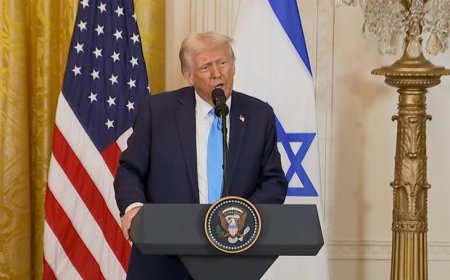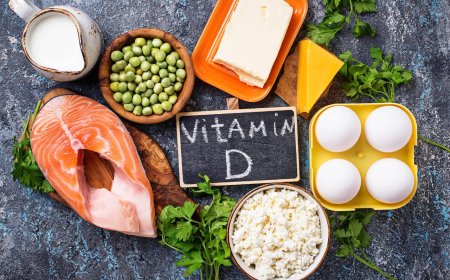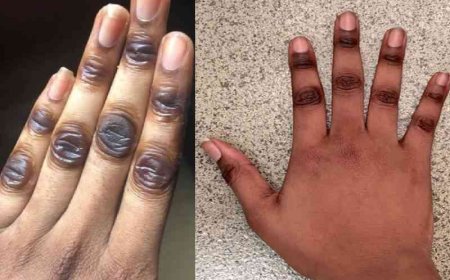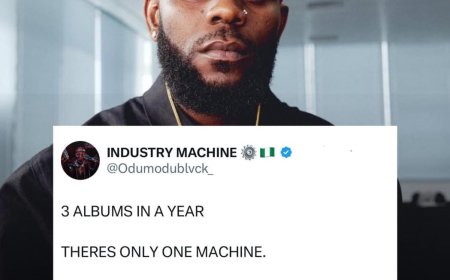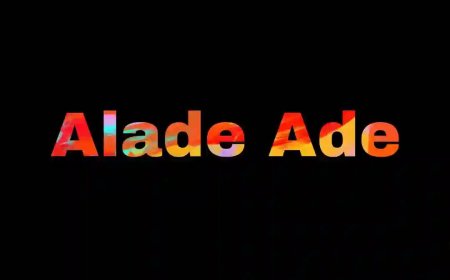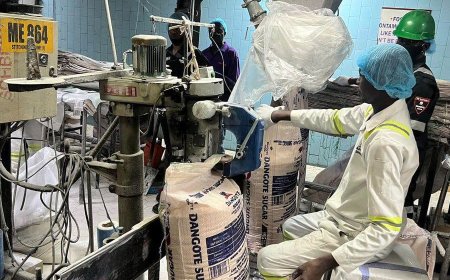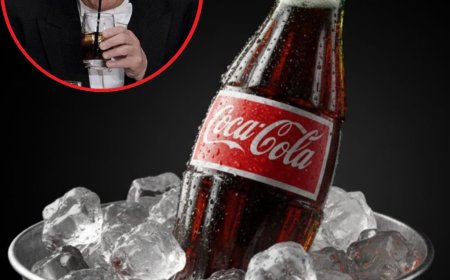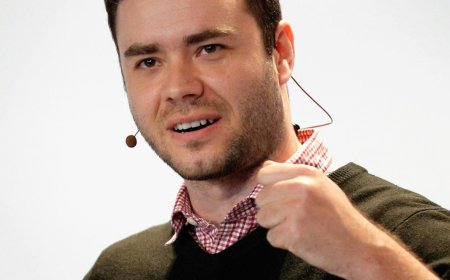*Vaccines ------ Protecting Children and Adolescent

*Vaccines ------ Protecting Children and Adolescents*
*Vaccines are crucial tools in public health that help protect children and adolescents from serious, often fatal illnesses.
Importance of Vaccination
- *Preventing Diseases*: Vaccines can prevent a variety of serious diseases, including measles, mumps, rubella, polio, hepatitis, and whooping cough.
- *Community Immunity*: When a large percentage of the community is vaccinated, it helps protect those who cannot be vaccinated, such as infants or individuals with certain health conditions.
How Vaccines Work
- *Immune Response*: Vaccines stimulate the immune system to recognize and fight specific pathogens without causing the disease.
- *Types of Vaccines*:
- *Live Attenuated Vaccines*: Contain weakened forms of the virus (e.g., measles, mumps, rubella).
- *Inactivated Vaccines*: Contain killed pathogens (e.g., polio).
- *Subunit, Recombinant, or Conjugate Vaccines*: Contain pieces of the virus or bacteria (e.g., HPV, hepatitis B).
- *mRNA Vaccines*: Use messenger RNA to instruct cells to produce a protein that triggers an immune response (e.g., some COVID-19 vaccines).
Vaccine Schedule
- *Childhood Vaccination*: The vaccination schedule typically begins at birth and continues through adolescence. It includes multiple doses of various vaccines to ensure adequate protection.
- *Catch-Up Vaccination*: If a child misses vaccinations, catch-up schedules are available to ensure they receive necessary immunizations.
Safety and Side Effects
- *Safety*: Vaccines are thoroughly tested for safety and efficacy before approval. Monitoring continues even after approval.
- *Common Side Effects*: Mild side effects may include soreness at the injection site, fever, or fatigue. Serious side effects are rare.
What's Your Reaction?








